A trailer from Eames: The Architect and The Painter. Watch now on PBS OR Currently available to watch instantly on Netflix
The conflict was succinctly expressed by Designers Jeannine Oppewall and Tina Beebe (about 19 minutes in)
“When a product comes out, it’s a river. It starts at one point and it ends at another point. Many people jump into it along the way.” “Everybody contributes a small piece. But only if they go on after that to produce a stunning amount of work, I think are they capable of saying ‘I did this and this in the Eames office, with no credit’.”
This got me thinking about my own design experiences in a firm and where I am today as an independent creative. I realized that even today “Credit” is a common source of contention in architectural, photographic, and other creative communities.
So here I am, expressing my own understanding of this paradigm between employment relationships and “credit”.
The production of intellectual property (IP) as a service or physical good can fall under two categories.
Work For Hire or Licensed Work
What is Work For Hire?
An employment relationship which transfers all ideas and creations (intellectual property) from employee to employer.
A common practice for almost any employer and is often (if not always) the case at universities.
It is essentially, the working relationship that has built our economy. I give you money for your good or service and you get to buy something else with that money.
When it comes to architecture firms, news papers, advertising firms, manufacturers, etc., your contract will state that the work or ideas that you develop while working for said employer becomes the property of that company.
I’m honestly not sure when this “contractual” relationship developed over time but I think Don Draper and Peggy Olson from Mad Men illustrate the Work for Hire relationship perfectly in this "Come to Jesus" moment in "The Suitcase" Episode.
This type or “relationship” makes sense to a great degree for any business to succeed. A company or firm often invests thousands or millions to give you, the employee, an opportunity to develop your idea. They take all the risk if your idea doesn't work. They also need to protect that investment from simply going to the competition.
What if Johnny Ive came up with the design of the NEXT iRevolutionary product, then ran to another company and sold them the same design? Sure that cloned product might actually be horrible under the hood, but it could confuse consumers and hurt product sales.
In an architecture firm, it’s the principal(s) who is/are truly invested in the life or death of the firm and it’s work. They may have the most to gain but they also have the most to loose if a project fails to bring in more work. They also shoulder the liabilities if the project faces any legal issues from residents, contractors, or clients.
The continued success of that firm also relies on brand identity. Which is directly tied to completed work associated with the frim.
So what are the trade offs for a designer:
-The ability to use their talent to develop ideas.
-Receive a steady paycheck.
-Mobility of employment. As interests evolve or abilities outgrow current opportunities.
-Limited Liability associated with the completed project. That is unless they have stamped the drawings (in that case, ideally, there’s a higher level of pay for the associated risk).
Does that mean that workers don’t have the right to claim work as their own?
-Yes, if it damages either the reputation or sales of the current/former employer.
-No, if it is presented in agreement with the employer and in the context of the role played in it’s development. This is a common practice for designer in the form of a portfolio.
The difficult thing to realize however is that unless you are a principal or owner of a firm, you are likely in a Work for Hire relationship.
While every employer looks at this differently, as an employee it’s vital to your own development as a designer/creative to negotiate the right to represent your work in an agreed upon manner.
So what is Licensed work?
It is an agreement between a Creative and a Client where intellectual property is provided for specified use and duration, while the creative maintains the ownership.
In a less than esoteric example. It's like renting a pasture for cattle to graze on. In the end the cattle are fed by the grass but the land’s owner has the right to rent it to other herds. The better the pasture, the more it can be rented. However overuse the land and it won’t bare enough grass to support even one heard.
In photography, film, architecture, design and other forms of IP, the quality of an idea will have a certain value based on its market appeal and life span.
So why do independent creatives license their IP instead of transferring ownership?
Their cost of doing business is much higher than a direct employee. An independent creative must play the role of an employer for all business investments. Continued education, research, equipment, office space, etc. They also flip the bill for their insurances, taxes, and face liabilities on their own.
In order for a creative to maintain independence and therefore be able to offer their services/goods to a client, they must maximize the return on their investment.
However most commissioned clients have a limited use and benefit from their desired product.
A photographer for instance, will be able to find several markets for a single image. Take this image for instance of Reflections Condominium Towers in Bloomington, MN.


































